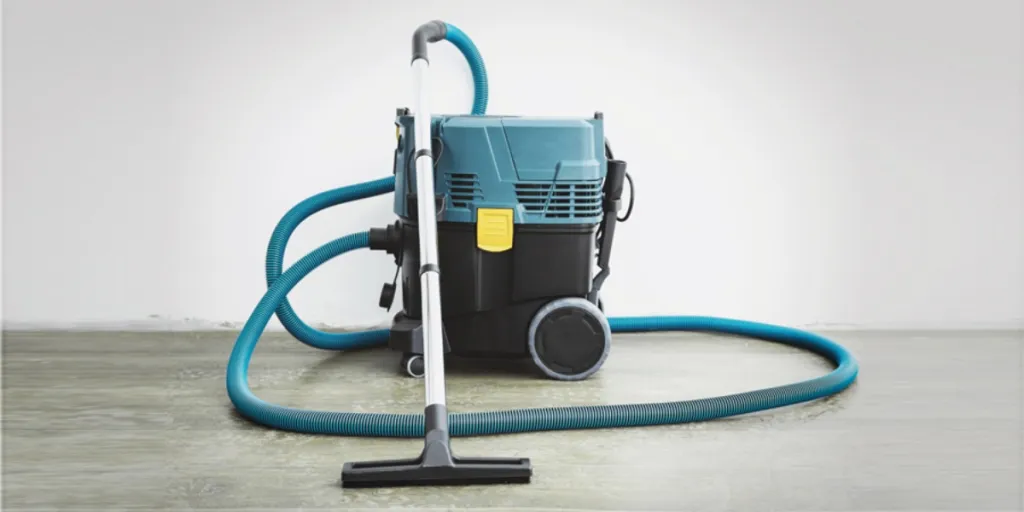Commercial spaces need vacuum cleaners that are workhorses—reliable, durable, and up for the frequent, heavy-duty cleaning demands. But with so many options, separating the tough performers from the wimpy pretenders can be challenging.
This guide breaks down the key features of a commercial vacuum cleaner, the different types, and the performance specs so you can be sure to choose the best options on the market in 2024.
Table of Contents
Understanding the basics of a commercial vacuum cleaner
Types of commercial vacuum cleaners
Key features of commercial vacuum cleaners
Summary
Understanding the basics of a commercial vacuum cleaner
Commercial vacuum cleaners are designed for heavy-duty cleaning in large spaces. Their powerful motors (typically 1,000 W and above) provide strong suction, which is ideal for large homes, offices, hotels, schools, businesses, etc.
Compared to residential vacuum cleaners, industrial vacuums have longer power cords, robust constructions, and various attachments for different cleaning tasks. Some commercial models use high-density or HEPA filters and feature ergonomic designs to reduce fatigue during cleaning.
Types of commercial vacuum cleaners
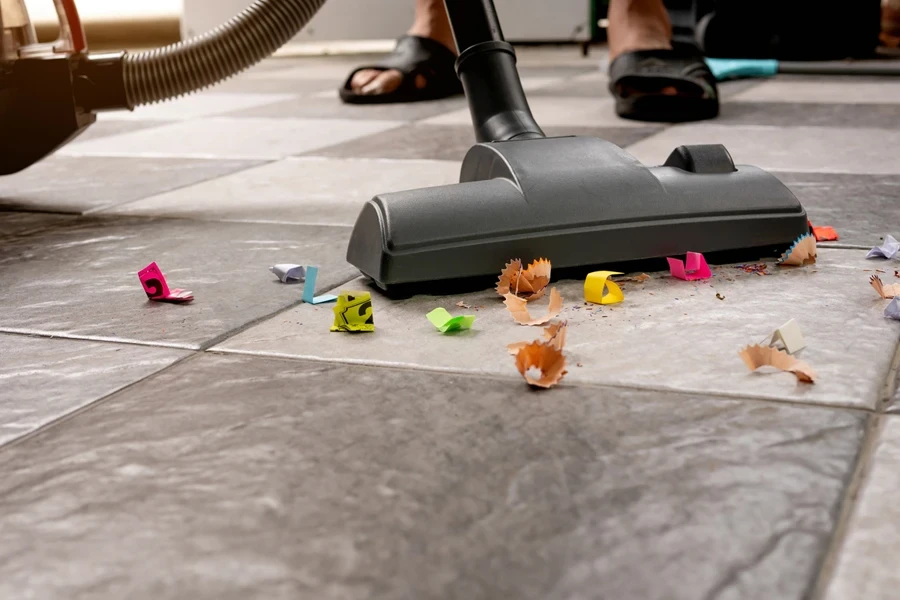
Upright vacuum cleaners
These vacuums have an upright body with the motor, dirt collection bag, or canister mounted on top. An upright design allows for easy maneuverability and operation while standing.
Canister vacuum cleaners
A commercial canister vacuum features a main unit, which houses the motor and dust collection canister, and a separate vacuum head. The flexible vacuum head enables the cleaning of tight spaces, stairwells, and above-floor areas.
Backpack vacuum cleaners
The main vacuum unit, including the motor and debris collection bag or canister, is worn like a backpack on the user’s back. This leaves the user hands-free to maneuver the vacuum hose and attachments.
Wet and dry vacuum cleaners
These vacuums can switch between wet and dry modes, allowing them to pick up liquid spills and dry debris from surfaces and floors. Wet dry commercial vacuum cleaners can feature an upright or canister design, depending on user preference.
Robot vacuum cleaners
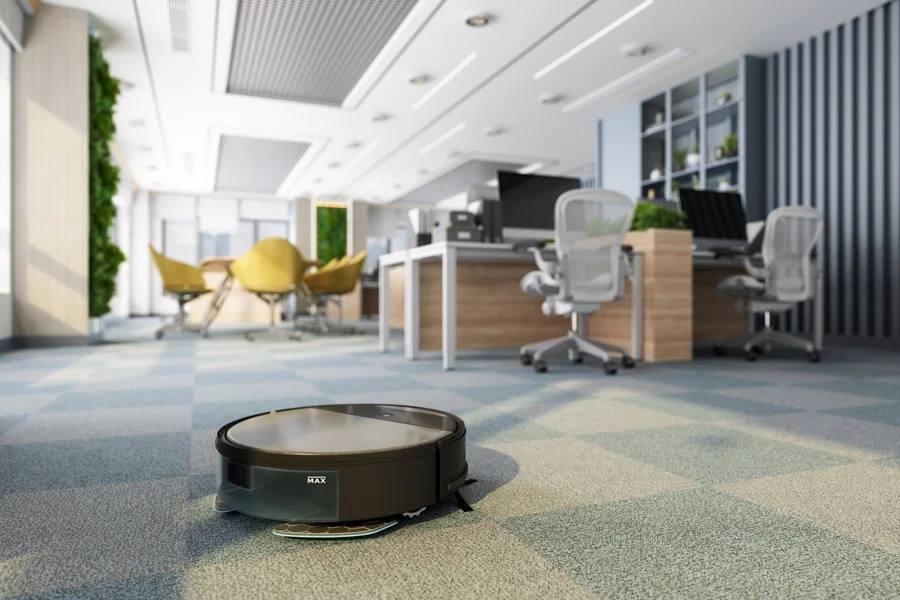
Commercial robotic vacuums use mapping capabilities and sensors to clean without human intervention. With larger battery capacities or battery-swapping systems, these robots can operate for up to three hours, covering large floor areas on a single charge.
Key features of commercial vacuum cleaners
Suction power
Suction power determines a commercial vacuum’s performance—the higher the suction rating, the more powerful the cleaner is. Choose a vacuum cleaner with 19 kPa or greater to ensure a deep clean in a single pass.
Bagged vs. bagless
Bagged vacuums typically have better filtration systems, as the bag acts as an additional filter, trapping more dust, allergens, and small particles. However, the dust bags need replacement occasionally, adding to operational costs.
Bagless models collect dirt in a built-in canister, which needs emptying when full. It’s important to consider the capacity of the collection tank for less frequent interruptions. A 20–60 L vacuum can balance sufficient capacity and maneuverability in most commercial setups.
Filters
A combination of a HEPA filter and a multi-stage filtration system is often considered the gold standard for commercial vacuum cleaners. Some models also use cyclonic filtration to separate dust and debris from the air before they reach the filter, preventing them from becoming clogged as quickly.
Noise level
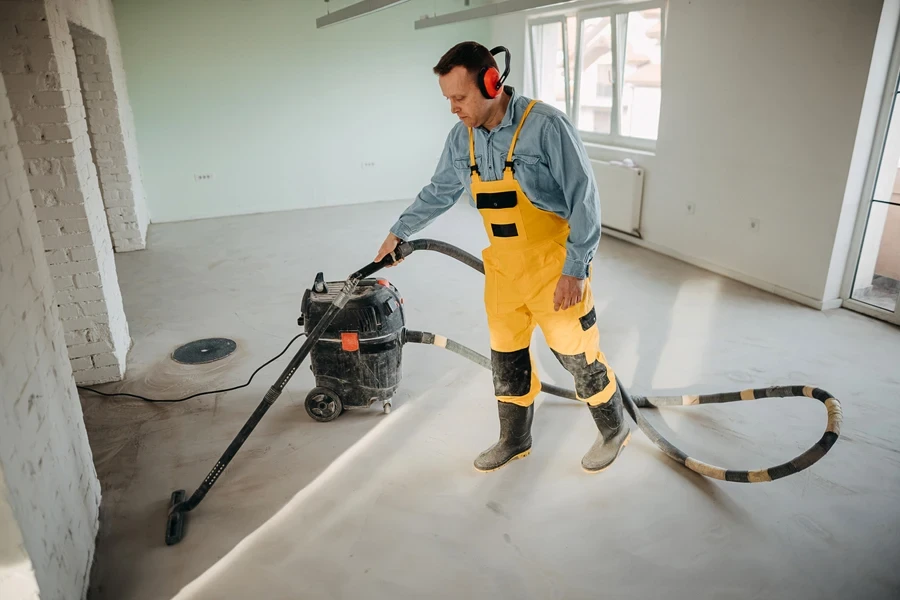
Modern vacuum cleaners for commercial use have sound levels of around 60–80 dB. However, 80 dB is quite loud, and such equipment may only suit factories or construction sites. In offices, libraries, healthcare facilities, and other quiet environments, the noise level should be around 70 decibels (dB).
Durability and construction
Since commercial vacuums handle larger volumes of debris than residential counterparts, they must be well-constructed and durable. Most components of industrial vacuums are made from high-quality stainless steel, reinforced plastic, or a combination of both.
Extra capabilities
Commercial vacuum cleaners often come with attachments and accessories, such as crevice tools, upholstery brushes, floor nozzles, and extension wands. These accessories enable the vacuum to clean various surfaces and hard-to-reach areas effectively.
Advanced commercial vacuums also have adjustable suction modes depending on the surface being cleaned, preventing damage to delicate floors.
Mobility and weight
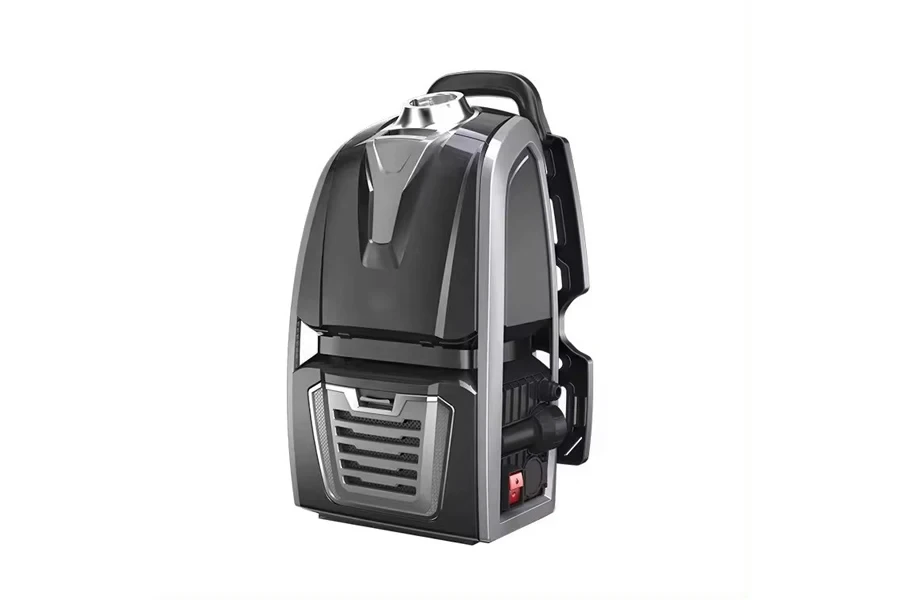
Backpack and walk-behind vacuum cleaners are lightweight and feature ergonomic designs to prevent user fatigue. However, their small capacities may not be sufficient in large commercial spaces. Heavier canister vacuums have more space for debris and often have wheels for easier transportation.
Energy consumption
Using commercial vacuum cleaners for extended periods can spike up electricity bills, increasing your business operating costs. Opt for machines with high energy-efficiency ratings and features, such as automatic shut-off or eco mode.
Cordless vacuums with brushless motors (BLDC) are also more energy-efficient than similar models with standard brushed motors.
Cost and warranty
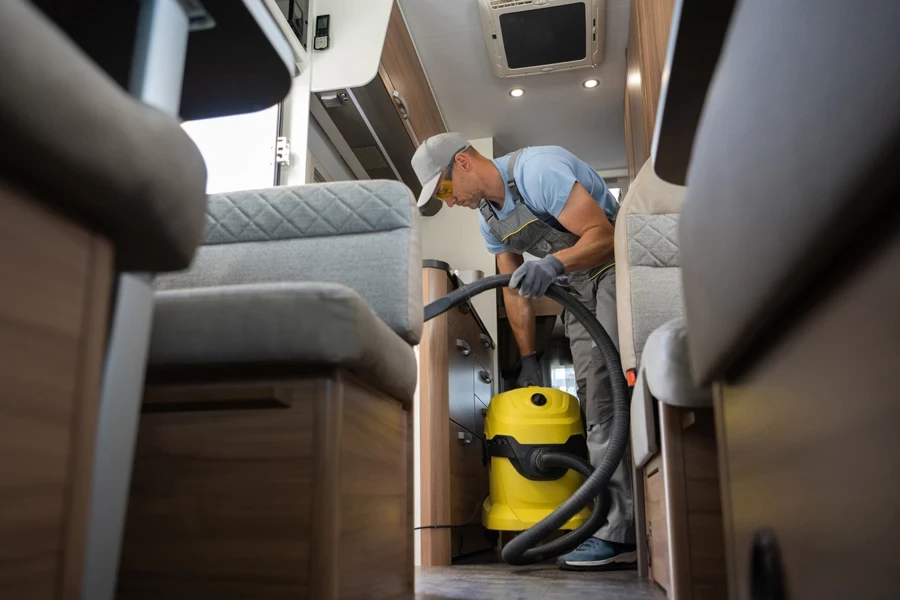
Industrial vacuum cleaners are a significant investment, considering their higher upfront costs. In the long run, they can be cost-effective, mainly due to their high efficiency and durability. Most manufacturers offer a one- to five-year warranty on motors, power heads, hoses, and other critical parts.
Understanding the warranty terms and conditions, what is covered, any exclusions, and specific requirements or limitations is essential.
Summary
Choosing the right vacuum cleaner requires evaluating your cleaning needs, budget, and operational costs. For commercial settings, durability and capacity become even more critical as vacuum cleaners are subjected to heavy-duty use on different surfaces.
